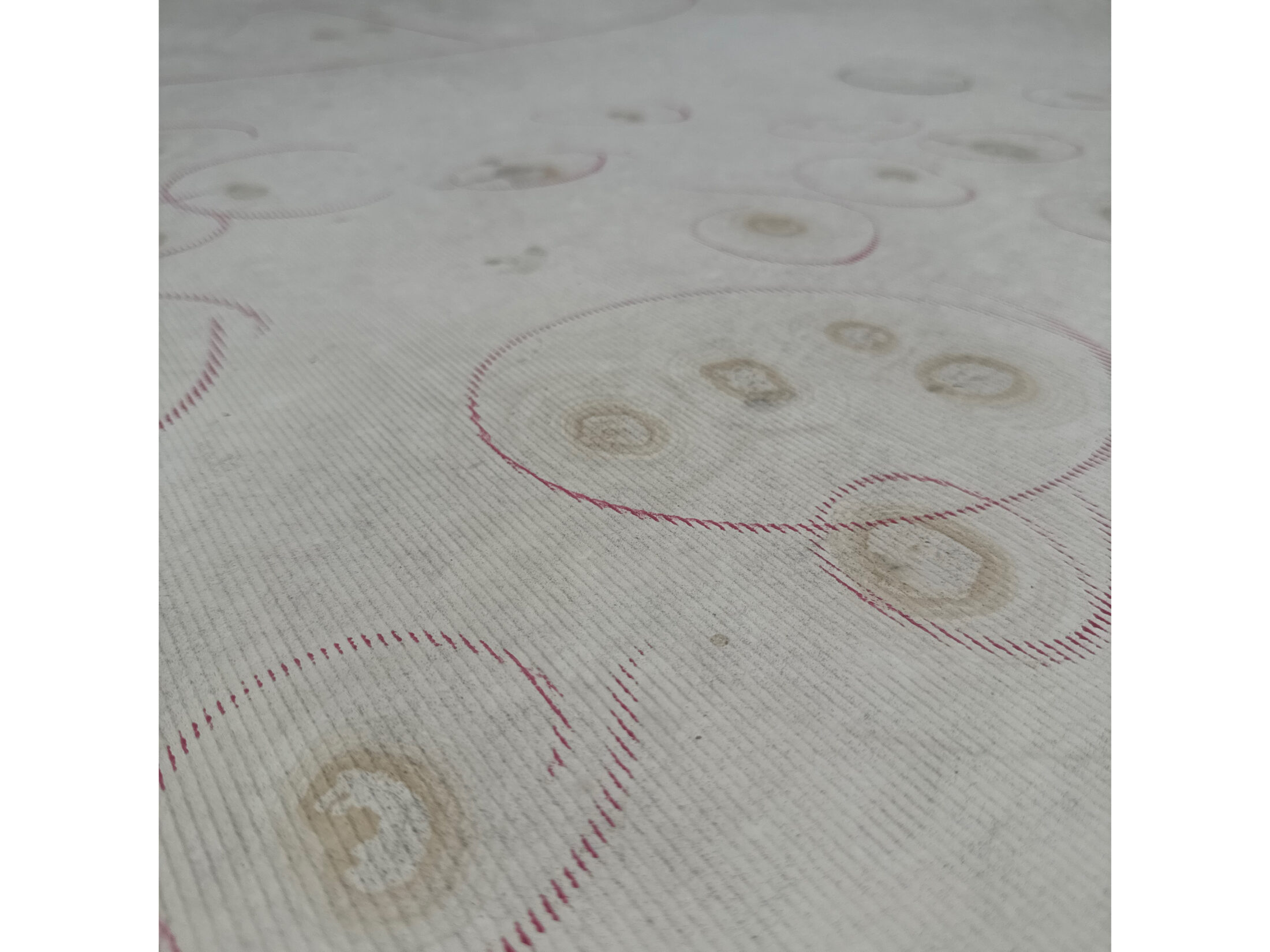Table of Contents
Roof Hail Damage: Common Issues & Best Commercial Roof Upgrades
Hailstorms are one of the most destructive weather events for commercial properties, and your roof is often the first line of defense. Understanding the effects of hail on your commercial roof is critical to maintaining structural integrity, minimizing repair costs and water damage, and protecting your long-term investment.
In this blog, we’ll explore the most common types of commercial roof hail damage and the best upgrades to help your roof stand strong in hail-prone regions.
Common Types of Commercial Roof Hail Damage
1. Punctures and Tears in Membranes
Hailstones can dent, puncture, or tear single-ply roofing membranes like TPO, PVC, or EPDM, especially if the membrane is aged or thin. These openings allow moisture to infiltrate the insulation and decking below, leading to water damage and mold. Depending on the extent of the damage the roof may need basic coating repairs or replaced.
2. Granule Loss and Cracks in Asphalt Roofs
Built-up roofing (BUR) and modified bitumen systems often suffer granule loss when hit by hail. Granules protect the underlying asphalt from UV rays and water intrusion. When hail knocks them off, it accelerates aging and cracking.
3. Dents and Coating Damage on Metal Roofs
While metal roofs are durable, they aren’t hail-proof. Large hail can dent panels, compromise waterproof coatings, or loosen fasteners. Dents may not cause immediate leaks but can shorten the roof’s lifespan.
4. Gouging and Coating Damage on Foam Roofs
Spray polyurethane foam (SPF) roofing systems can be gouged by large hail. When the elastomeric topcoat is damaged, the foam below is exposed to UV and water, leading to rapid deterioration.
5. Accessory and Equipment Damage
HVAC units, skylights, vent covers, and flashing are all vulnerable during a hailstorm. Damage to these components often leads to leaks, energy inefficiency, and expensive repairs.
6. Drainage System Clogs or Damage
Hail can break apart roofing material and surrounding leaves and limbs, sending debris into drains, scuppers, and downspouts. Blocked drainage causes water pooling, which weakens membranes and leads to leaks.
Top Roofing Upgrades for Hail-Prone Areas
If your commercial property is located in a hail-prone region, consider these roofing system upgrades to improve your building’s resilience next time you replace your roof:
1. Thicker, Reinforced Membranes (TPO, PVC, EPDM)
Opt for 80+ mil single-ply membranes with scrim reinforcement. These provide more impact resistance and are less likely to dent or puncture.
2. High-Density Cover Boards
Install a high-density cover board between the insulation and membrane. This distributes hail impact and protects the insulation below.
3. UL 2218 Class 4 or FM 4473 or FM 4470 Rated Systems
Choose materials and assemblies that meet the highest industry hail resistance ratings. Those are:
-
UL 2218 Class 4 (impact resistance).
-
FM Global Class 1-H, 1H, or 1SH (severe hail performance).
4. Spray Foam with Durable Coating
If using SPF roofing, ensure the foam is at least 1.5-2 inches thick and protected by a high-solids silicone or polyurea topcoat.
5. Heavy-Gauge Metal Roofing
Use 22-24 gauge class 4 Metal roofing panels with impact-resistant coatings. Standing seam designs further limit leak risks.
6. Ballasted Roofing Systems
Loose-laid ballasted systems—particularly those with adequate ballast coverage—can help protect membranes from hail punctures. The ballast absorbs and diffuses the energy from hail impacts, reducing direct stress on the membrane below. This makes them a viable option in certain hail-prone regions, especially where building codes and structural capacity allow. Protective layer between the ballast and membrane can add a little more protection.
7. Protective Walk Pads and Reinforced Flashing
Install walk pads near rooftop units and high-traffic zones. Use reinforced flashing around penetrations and perimeters to reduce impact-related failures in these high trafficked and vulnerable areas.
8. Preventative Roof Maintenance
Having a Preventative Maintenance Plan(PMP) provides a layer of protection by catching small issues early before hail can expose them. Having a preventative maintenance agreement with a trusted commercial roofing contractor will give you peace of mind and keep your roof ready for the next weather event.
Final Thoughts: Be Proactive with Hail-Resistant Roofing
Commercial roofs in hail-prone areas require more than just regular inspections—they need materials and designs engineered to withstand impact. Upgrading your system with hail-resistant products and performing consistent maintenance can prevent costly repairs, avoid downtime, and extend your roof’s life.
If you’re unsure whether your roof is ready for the next storm, contact us for a professional inspection. Our team can assess your current system and recommend upgrades that provide real protection when hail hits.
Have past storm damage? We can help evaluate the damage and provide repair or replacement solutions.
Need a hail inspection or quote on a new hail-resistant roof?
Contact WNC Roofing today.
For Dependable & Timely Commercial Roofing, You Can Count On Us.
Empowering you to focus on what matters most – driving your business forward.




